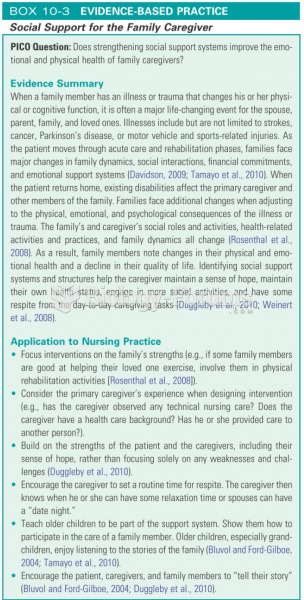|
|
|
Amoebae are the simplest type of protozoans, and are characterized by a feeding and dividing trophozoite stage that moves by temporary extensions called pseudopodia or false feet.
Hip fractures are the most serious consequences of osteoporosis. The incidence of hip fractures increases with each decade among patients in their 60s to patients in their 90s for both women and men of all populations. Men and women older than 80 years of age show the highest incidence of hip fractures.
The B-complex vitamins and vitamin C are not stored in the body and must be replaced each day.
Aspirin is the most widely used drug in the world. It has even been recognized as such by the Guinness Book of World Records.
The average older adult in the United States takes five prescription drugs per day. Half of these drugs contain a sedative. Alcohol should therefore be avoided by most senior citizens because of the dangerous interactions between alcohol and sedatives.
 How the study of genomes and proteomes can provide us with connections to different biological level
How the study of genomes and proteomes can provide us with connections to different biological level
 Evidence of regional continuity: (a) The anatomically modern Willandra Lakes Hominid 50 calvaria fro
Evidence of regional continuity: (a) The anatomically modern Willandra Lakes Hominid 50 calvaria fro
 Common skin signs are often evidence of an illness or disorder. A papule is a solid, circumscribed, ...
Common skin signs are often evidence of an illness or disorder. A papule is a solid, circumscribed, ...




